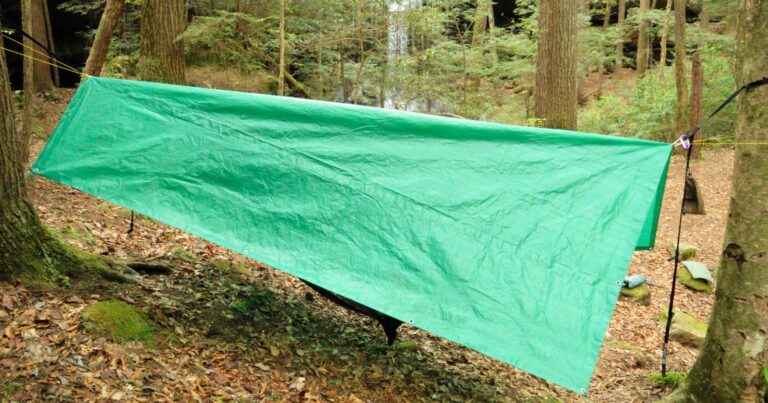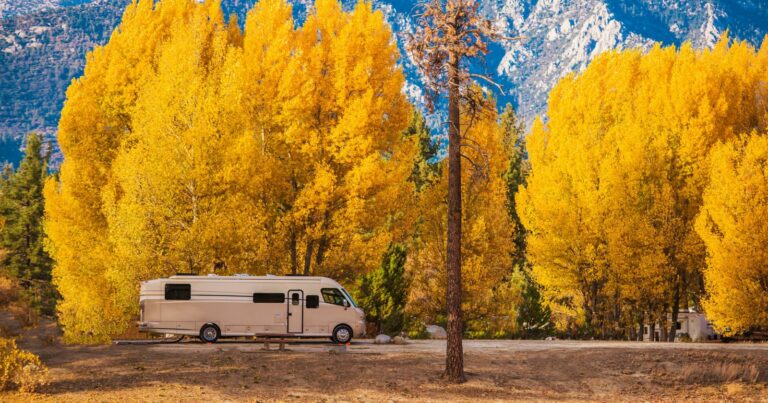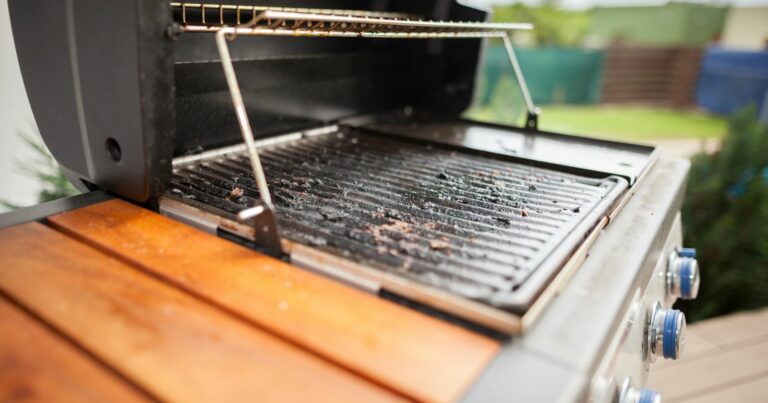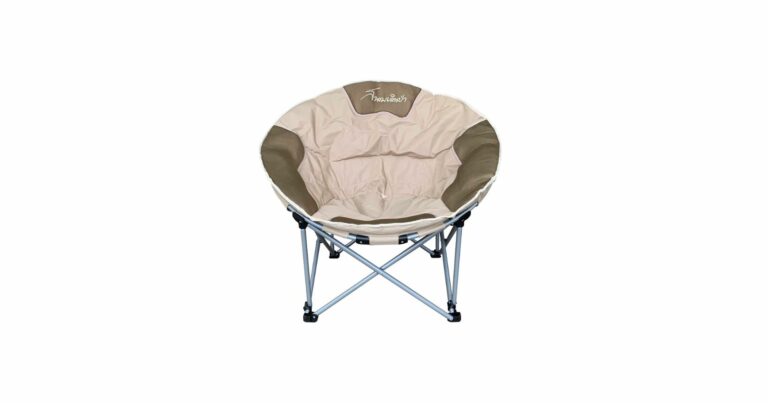Master Campsite Cooking with a Complete Guide to Camping Stove Setup
Sitting around the campfire and roasting marshmallows is a time-honored camping tradition. But to really make the most of the great outdoors, you need more than just s’mores – you need real, hearty camp cooking! Whipping up tasty trail meals requires a reliable camping stove setup. Don’t get stuck eating granola bars for every meal. With the right gear and setup, you can cook up hot, satisfying dishes even in rugged terrain.
Setting up a camping stove may seem basic, but there are some key factors that ensure safe operation and effective cooking. In this post, I’ll outline the step-by-step process for getting your stove up and running. You’ll learn proper placement, fuel connection, ignition, flame adjustment, and safety shutdown. With these tips, you’ll be an expert at camp cooking in no time.
The first step is choosing the right location for your stove. You’ll want a flat, stable surface that is clear of flammable vegetation or other material. Position it at least several feet away from your tent or other structures to prevent fire risk.
Once you have your prep area picked out, it’s time to get your stove powered up. Carefully connect the gas canister, making sure the seal is tight. Open the cartridge cover, then use a lighter or match to ignite the burner. Now comes the fun part – dialing in the perfect flame and cooking up a hearty campfire feast!
I’ll walk through the complete camp stove setup process step-by-step. Follow along and you’ll be able to whip up pancakes, boil water for coffee, and more no matter where your campsite is located. Let’s get cooking!
Pick the Right Camping Stove for You
There are a few main types of camping stoves to choose from:
Canister Stoves
Pros
- Lightweight and compact
- Simple setup
- Easy flame regulation
Cons
- Limited burn time per canister
- Perform poorly in cold weather
Liquid Fuel Stoves
Pros
- Longer burn times
- Refillable tanks
- Operate better in cold
Cons
- Heavier than canister stoves
- More setup required
Wood Burning Stoves
Pros
- Uses found wood as fuel
- Inexpensive
- Long burn time
Cons
- Bulky and heavy
- Extra wood prep needed
Alcohol Stoves
Pros
- Lightweight
- Inexpensive
- Quiet operation
Cons
- Difficult to regulate heat
- Require frequent refueling
Consider your budget, the conditions you’ll face, and desired features. This will help you choose the optimal stove type for your needs.
Scout the Perfect Stove Placement
Once you’ve selected your camping stove, the next step is finding the right placement within your campsite. Here are key factors to consider:
- Flat, stable surface – The ground should be level and sturdy so the stove doesn’t tip.
- Away from tents & supplies – Position at least several feet away from flammable materials.
- Protected from wind – Find a sheltered spot to ensure efficient cooking.
- Access to fuel supply – Nearby fuel storage makes it easy to refill.
- Well ventilated – Avoid enclosed spaces or corners to prevent gas buildup.
Take a look around your campsite and pick a spot that meets these criteria before you begin setup. This prevents potential hazards and sets you up for successful cooking.
Configure Your Stove Properly
With your spot selected, it’s time to set up your camping stove:
- Remove any pan supports or windscreens first and set aside.
- Securely connect the fuel source following manufacturer directions.
- Open the fuel valve or cartridge cover once connected.
- Use an igniter or match/lighter to ignite your stove.
- Adjust the flame, then replace any pan supports or wind barriers.
- Make sure valves are closed fully when not in use.
Proper setup is key to efficient heating and stove safety. Take your time following the directions.
Safely Operate Your Camp Stove
When running your camping stove, follow these guidelines:
- Supervise – Don’t leave a lit stove unattended.
- Adjust airflow – Regulate as needed for optimal flame.
- Watch connections – Check periodically for leaks.
- Alert others – Make sure children and others are aware.
- Have an extinguisher ready – In case you need to quickly put out a flame.
- Let cool before changing canisters – Prevent accidental ignition.
Staying alert and taking precautions will keep your camp cooking safe and enjoyable.
Choose Suitable Cookware
Your pots and pans should be:
- Compact – Opt for space-saving nesting cookware.
- Lightweight – Less bulk makes storage and transport easier.
- Durable – Look for high-quality materials that resist warping.
- Non-stick – Food won’t cling to pan surfaces as easily.
- Insulated handles – Prevents burns from metal handles over the flame.
- Secure fitting lids – Lids that fit well retain more heat for efficient cooking.
Master Off-Grid Camp Cooking Techniques
Cooking on a camping stove requires some adaptation from a home kitchen. Here are useful tips:
- Prep ingredients at home – Less chopping in camp means faster cooking.
- Soak dried food – Rehydrating beans, grains, etc. makes them cook faster.
- Simmer instead of boiling – Uses less fuel with similar results.
- Keep a lid on – Retains heat and moisture for faster cooking.
- Use a windscreen – Shields flame from wind for better efficiency.
- Clean as you go – Deal with messes and spills promptly.
Practice Safe Fuel Storage
Store extra camping stove fuel properly:
- Allow canisters to cool fully before stowing.
- Keep in a sealed container away from direct sunlight.
- Don’t pile other gear on top of fuel canisters.
- Store in a well-ventilated area away from tent.
- Check for leaks and expiration before each trip.
- Dispose of empty canisters responsibly.
Proper fuel storage prevents dangerous leaks or explosions.
Troubleshoot Common Camp Stove Issues
Despite best efforts, occasional issues can arise with camping stove setup. Here are solutions for common problems:
Weak flame – Check fuel levels, clear blockages, adjust airflow.
Burner won’t ignite – Verify fuel is connected, check ignition source.
Leaking fuel – Tighten connections, replace damaged gaskets or seals.
Flame irregularity – Clean burner, adjust fuel flow for steady flame.
Melted connectors – Allow stove to fully cool before disconnecting fuel.
Canister doesn’t fit – Confirm the thread types match between stove and canister.
Being able to troubleshoot stove problems will keep the outdoor cooking going strong.
FAQs About Setting Up a Camping Stove
Q: What type of camping stove is easiest for beginners to set up and use?
A: Canister stoves are typically the simplest for beginners to start with. They have easy to connect fuel canisters and basic controls to adjust the flame.
Q: How far should my camping stove be from my tent when setting it up?
A: It’s recommended to place your camping stove at least several feet away from your tent or any flammable materials as a safety precaution.
Q: What should I do if the flame on my camping stove seems low or irregular?
A: Check that fuel canister is full and properly connected. Clear any blockages in burner. Adjust control valve to increase fuel flow until flame is strong and steady.
Q: Is it safe to use a camping stove inside a tent?
A: No, camping stoves should never be used inside of tents due to dangerous carbon monoxide buildup and fire risks. Always operate outside only.
Q: How can I get my camping stove to light if the igniter doesn’t work?
A: Have backup ignition sources like matches or a lighter to manually light it. Make sure to ignite burners promptly after turning on fuel to prevent gas buildup.
Enjoy Delicious Meals in the Great Outdoors
With the proper selection, setup, use, and maintenance, a camping stove allows you to cook satisfying hot food anywhere. Follow this guide and you’ll be able to boil water for coffee, fry eggs for breakfast, and much more no matter how remote your camp location.
The key is picking a quality stove for your needs, positioning it safely, configuring it correctly, operating it responsibly, storing fuel properly, and troubleshooting any issues. Get out there, fire up your camping stove, and enjoy delicious camp cooking!
Let me know if you have any other camp stove tips and tricks. Happy and safe camp cooking!







